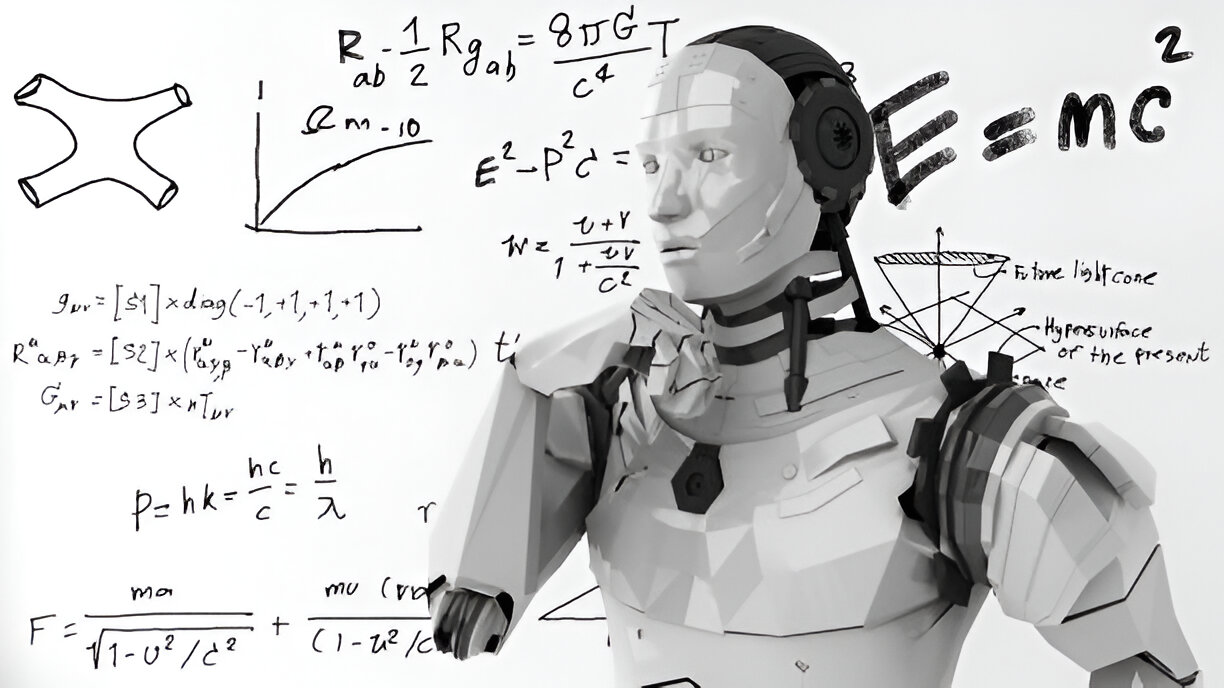John S. Ball, a distinguished cognitive scientist and AI expert, has significantly influenced the field of machine intelligence through his innovative theories and practical applications. His work emphasizes understanding human cognition to develop more advanced and intuitive artificial intelligence systems.
Patom Theory
At the core of Ball’s contributions is the Patom Theory—a concept that combines pattern recognition with atomic structures to emulate human cognitive processes. This theory posits that the brain operates by storing and matching hierarchical, bidirectional patterns, enabling complex functions such as language comprehension and sensory perception. Unlike traditional AI models that rely heavily on statistical analysis, Patom Theory offers a more brain-like approach, focusing on meaning and context.
Advancing Natural Language Understanding
Ball’s application of Patom Theory has led to significant advancements in Natural Language Understanding (NLU). By integrating Role and Reference Grammar (RRG), his approach allows machines to process language based on meaning rather than syntax alone. This method enables AI systems to handle complex linguistic structures, disambiguate word meanings, and maintain context throughout interactions. Such capabilities are crucial for developing AI that can engage in human-like conversations and understand nuanced language.
Critique of Traditional AI Approaches
In his book, John Ball author complete book List critiques traditional computational AI methods for their limitations in achieving true language comprehension. He argues that these models often fall short in reliability and certainty, primarily because they lack a foundation in cognitive science. By contrast, his brain-based approach seeks to align AI development with human cognitive principles, offering a more robust path toward genuine machine intelligence.
Practical Applications and Future Directions
Ball’s theories have practical implications across various AI applications, including autonomous vehicles, speech recognition, and machine translation. By focusing on meaning and context, his approach addresses common challenges in these fields, such as understanding ambiguous language and maintaining coherence in conversations. Looking ahead, Ball envisions AI systems that can interact with humans more naturally, providing explanations for their actions and decisions—a critical step toward building trust and reliability in AI technologies.
John Ball’s Publications
For those interested in exploring his work further, John Ball has authored several publications that delve into his theories and applications in AI. A comprehensive list of his books can be found on his official website.
In summary, John S. Ball’s contributions to machine intelligence represent a significant shift toward more human-like AI systems. By grounding artificial intelligence in cognitive science and focusing on meaning and context, his work paves the way for future developments that promise to make AI more intuitive, reliable, and aligned with human thought processes.




